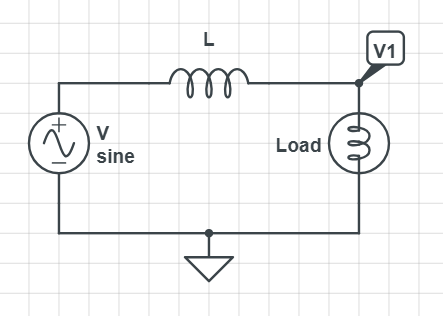Inductor Voltage Drop Calculator

Calculation of Inductor Voltage at a Given Frequency
To calculate the voltage across an inductor at a certain frequency, we can use Faraday's law of electromagnetic induction. This law relates the voltage (V) across an inductor to the inductance (L) and the rate of change of current (dI/dt). However, in AC circuits, the current varies over time, typically as a sine wave. Therefore, we use AC circuit formulas for the calculation.
For AC (alternating current) circuits, the voltage (V_L) across an inductor is related to the inductance (L), the frequency (f) of the current, and the peak value (I_m) or the rms value (I_rms) of the current using the following formulas:
- V_L = 2πfL × I_m (if using the peak current value)
- V_L = ωL × I_m (where ω is the angular frequency, ω = 2πf)
- V_L = XL × I_rms (where XL is the inductive reactance, XL = 2πfL = ωL, and I_rms is the rms current value)
Note: In AC circuits, we usually use the rms value of current to calculate power and energy, but when calculating inductor voltage, if the peak current is known, the above formulas can be used directly. If the rms current is known, you need to first find the inductive reactance (XL) and then multiply by the rms current value.
Now, let's look at a specific example:
Suppose we have a 10mH (0.01H) inductor, and the AC frequency in the circuit is 50Hz. If we know the rms current value is 1A, we can calculate the voltage across the inductor as follows:
- First, calculate the inductive reactance (XL):
- Then use the inductive reactance and the rms current value to calculate the voltage across the inductor:
XL = 2πfL = 2π × 50Hz × 0.01H = 3.14Ω
V_L = XL × I_rms = 3.14Ω × 1A = 3.14V
So, in this example, the voltage across the inductor is 3.14V.
 Home
Home Back
Back